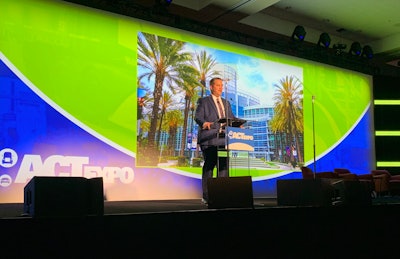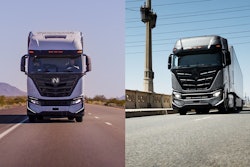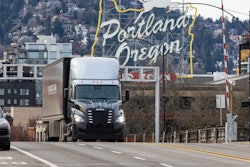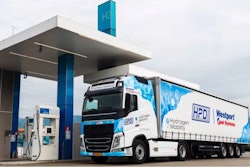While public and private funding for alt fuel vehicles in the U.S. and Canada is increasing sharply, credit value through California’s Low Carbon Fuel Standard has taken a big hit thanks largely to growing competition in the mandated push to go green.
During a main stage session this week at the Advanced Clean Transportation Expo in Long Beach – a clean transportation trade show that saw record attendance this year – event host Erik Neandross, CEO of Gladstein, Neandross & Associates, the consulting firm behind ACT, talked of swelling investments as well as diminishing LCFS credits that help fleets transition to costly alt fuel powertrains.
That news comes as other states look to California to adopt similar credit-based programs.
As Neandross made clear to a packed session, alt fuel vehicle adoption can be a costly venture, particularly for all-electric and fuel-cell. Nonetheless, investments in these green technologies continue to grow at fast rate as government regulation and massive investment firms like BlackRock pressure companies to set and keep sustainability goals.
 GNA CEO Erik Neandross addresses a packed session at ACT Expo this week at the convention center in Long Beach, Calif. Tom Quimby
GNA CEO Erik Neandross addresses a packed session at ACT Expo this week at the convention center in Long Beach, Calif. Tom Quimby
It’s certainly no secret that PR departments at OEMs have been busy the past few years cranking out copy about huge manufacturer investments in cleaner technologies like battery electric, fuel cell, natural gas, propane and, in the case of Cummins, a new fuel agnostic powertrain lineup.
However, ongoing concerns still remain centered on higher alt fuel vehicle acquisition costs and a woefully small fueling infrastructure, particularly for chargers and hydrogen stations. That’s where more public funding – about 560% more — can help.










